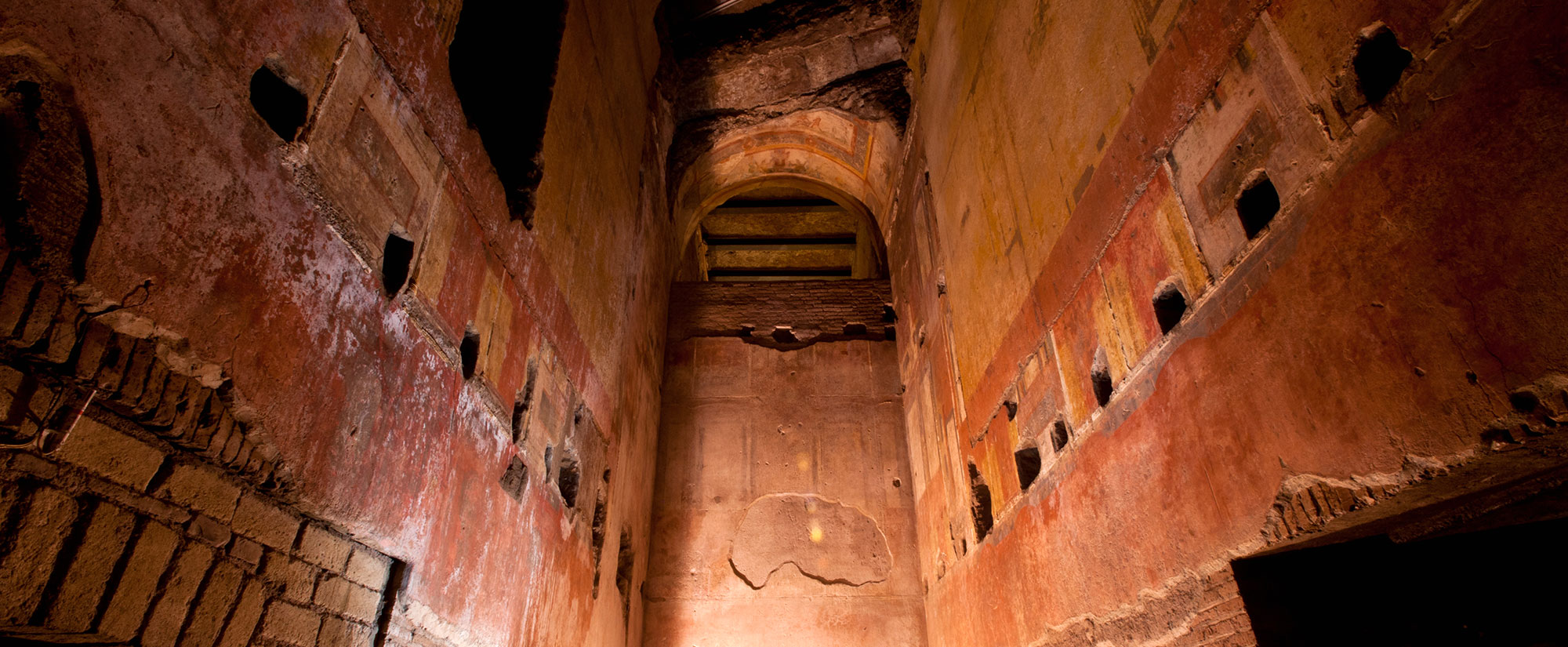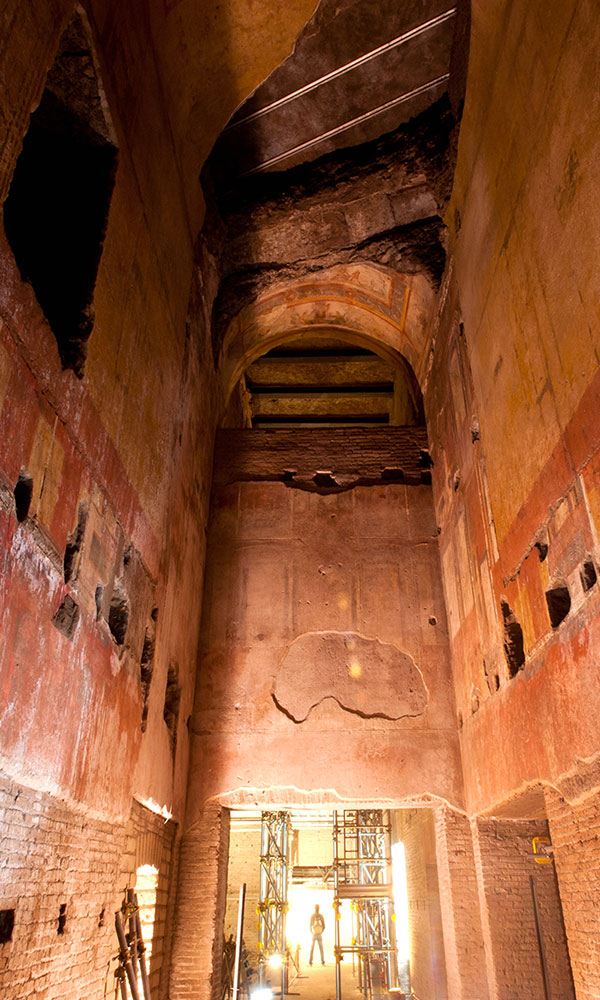NANCHANG, CHINA—The Xinhua News Agency reports that 75 large gold coins and 25 hoof-shaped ingots have been discovered in a tomb in a Western Han Dynasty royal cemetery in Jiangxi Province. The 2,000-year-old tomb is thought to belong to Liu He, who served as emperor for only 27 days before he was deposed. The gold had been placed in three boxes under a bed in the tomb’s main chamber and may have been a gift from the emperor. The tomb has also yielded a portrait thought to represent Confucius; documents recorded on some 3,000 wooden tablets and bamboo slips; and artifacts made from bronze, gold, and jade. To read more about archaeology in China, go to "The Tomb Raider Chronicles."
Gold Coins, Ingots, Found in Western Han Dynasty Tomb
News November 17, 2015
Recommended Articles
Digs & Discoveries July/August 2021
Mirror, Mirror
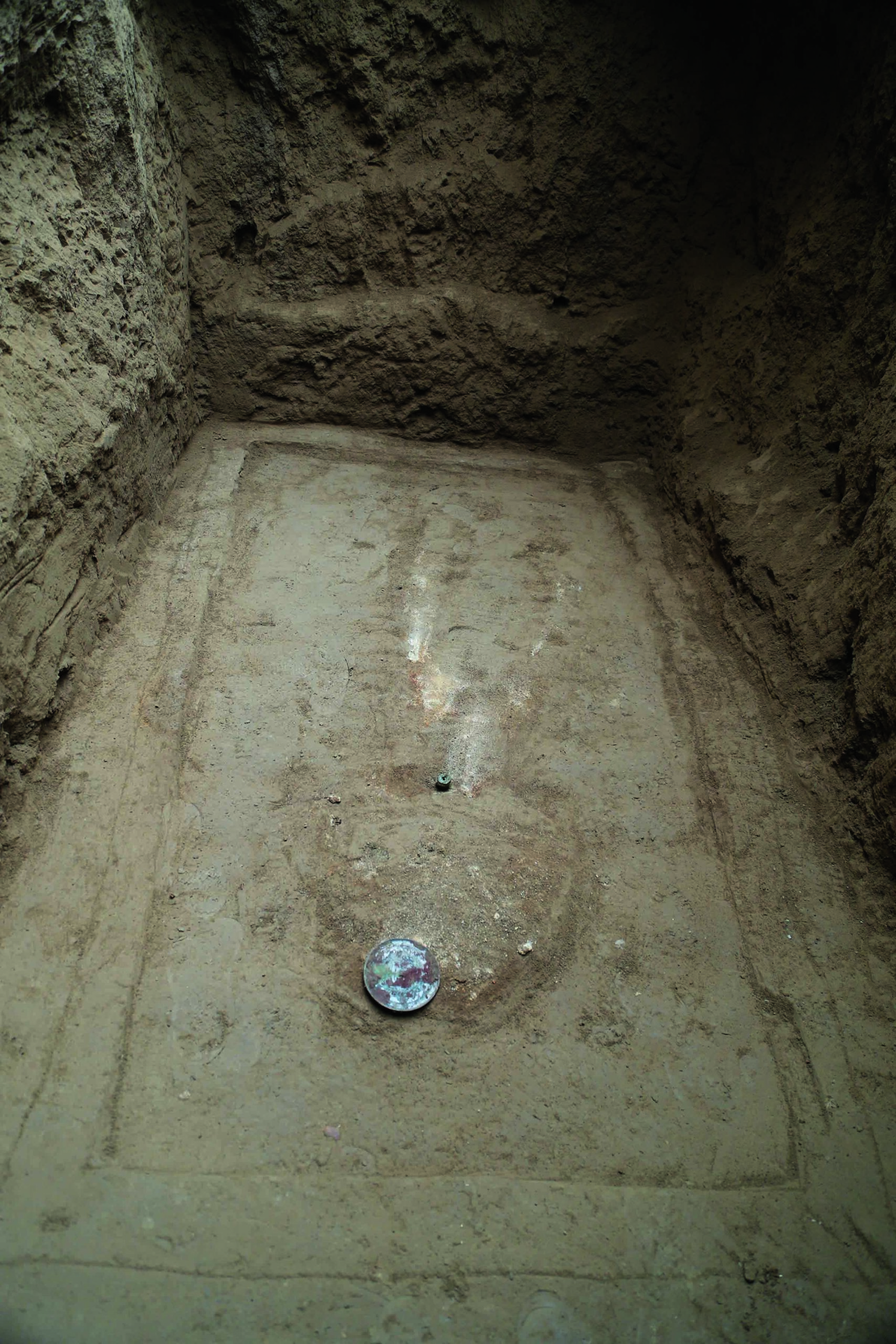
Digs & Discoveries November/December 2025
Ancient Look Book
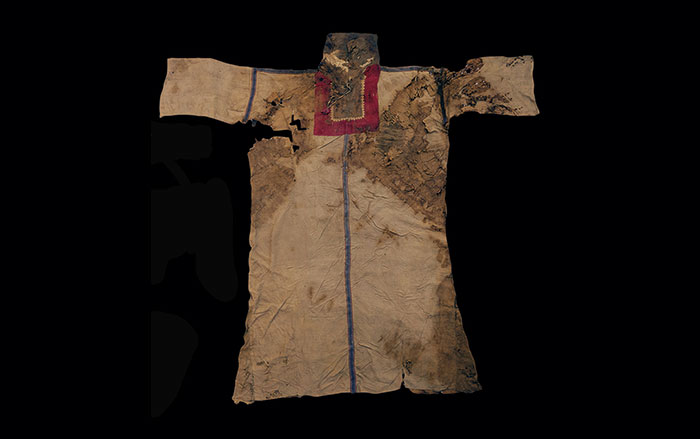
Digs & Discoveries September/October 2025
A Chinese Frontier Fort
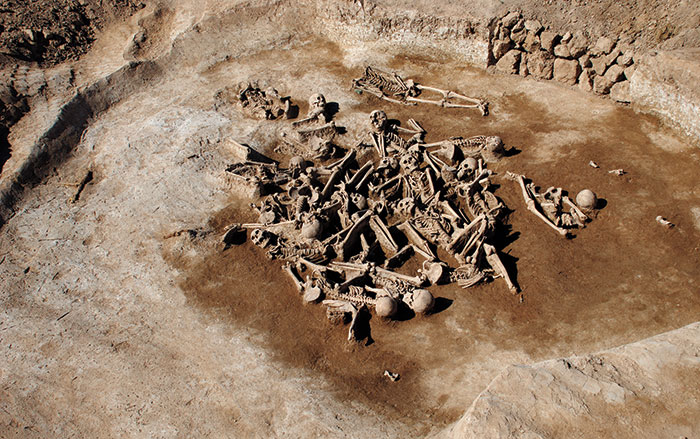
Features September/October 2025
Myth of the Golden Dragon
Eclectic artifacts from tombs in northeastern China tell the story of a little-known dynasty
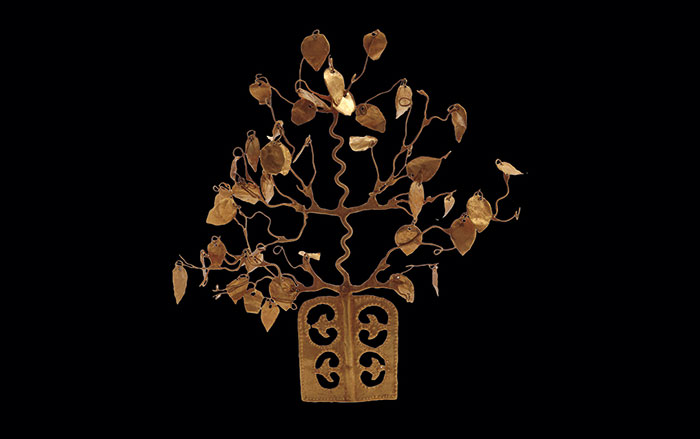
-
Features September/October 2015
New York's Original Seaport
Traces of the city’s earliest beginnings as an economic and trading powerhouse lie just beneath the streets of South Street Seaport
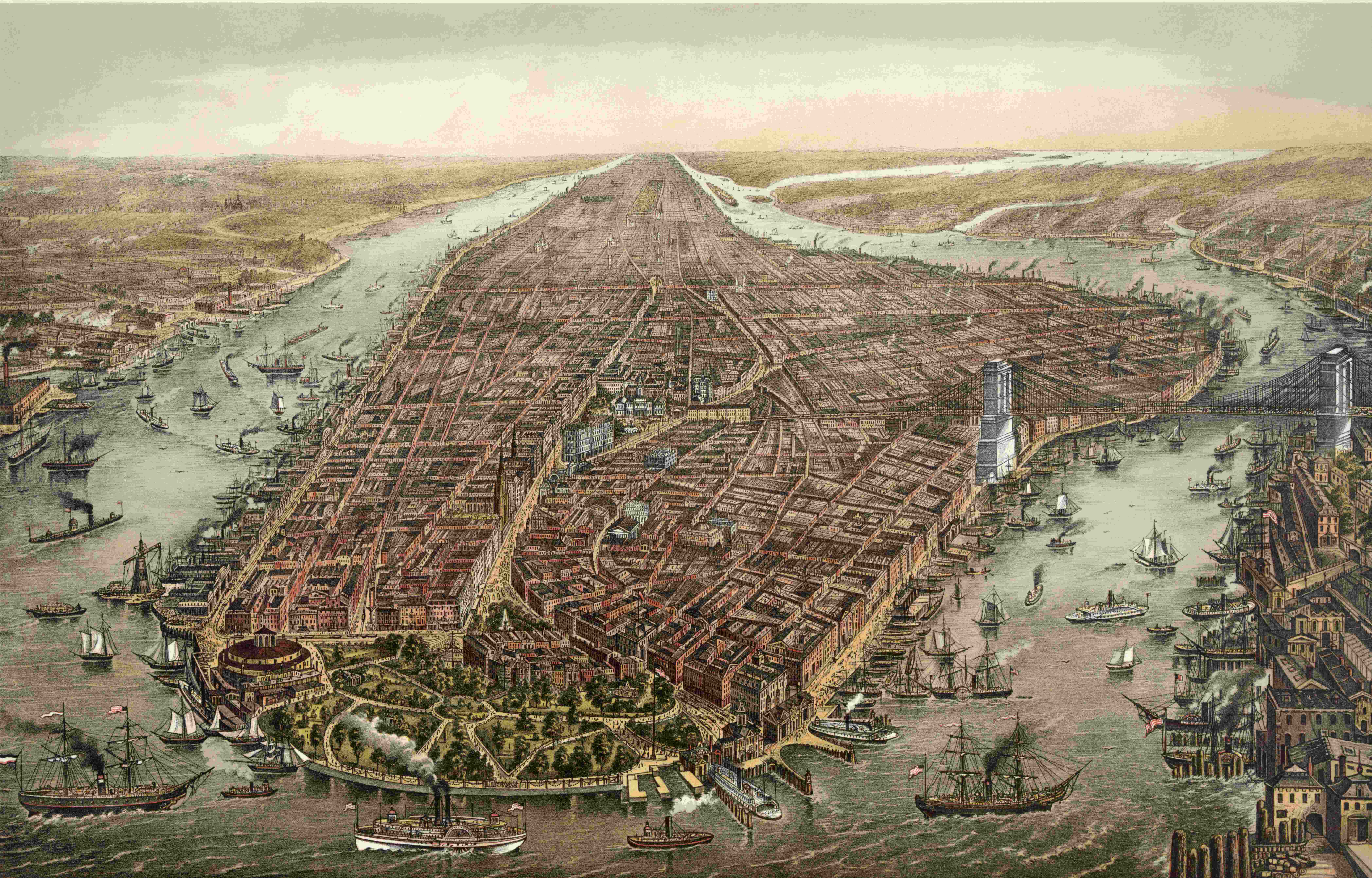 (Library of Congress)
(Library of Congress) -
Features September/October 2015
Cultural Revival
Excavations near a Yup’ik village in Alaska are helping its people reconnect with the epic stories and practices of their ancestors
 (Courtesy Charlotta Hillerdal, University of Aberdeen)
(Courtesy Charlotta Hillerdal, University of Aberdeen) -
Letter from England September/October 2015
Writing on the Church Wall
Graffiti from the Middle Ages provides insight into personal expressions of faith in medieval England
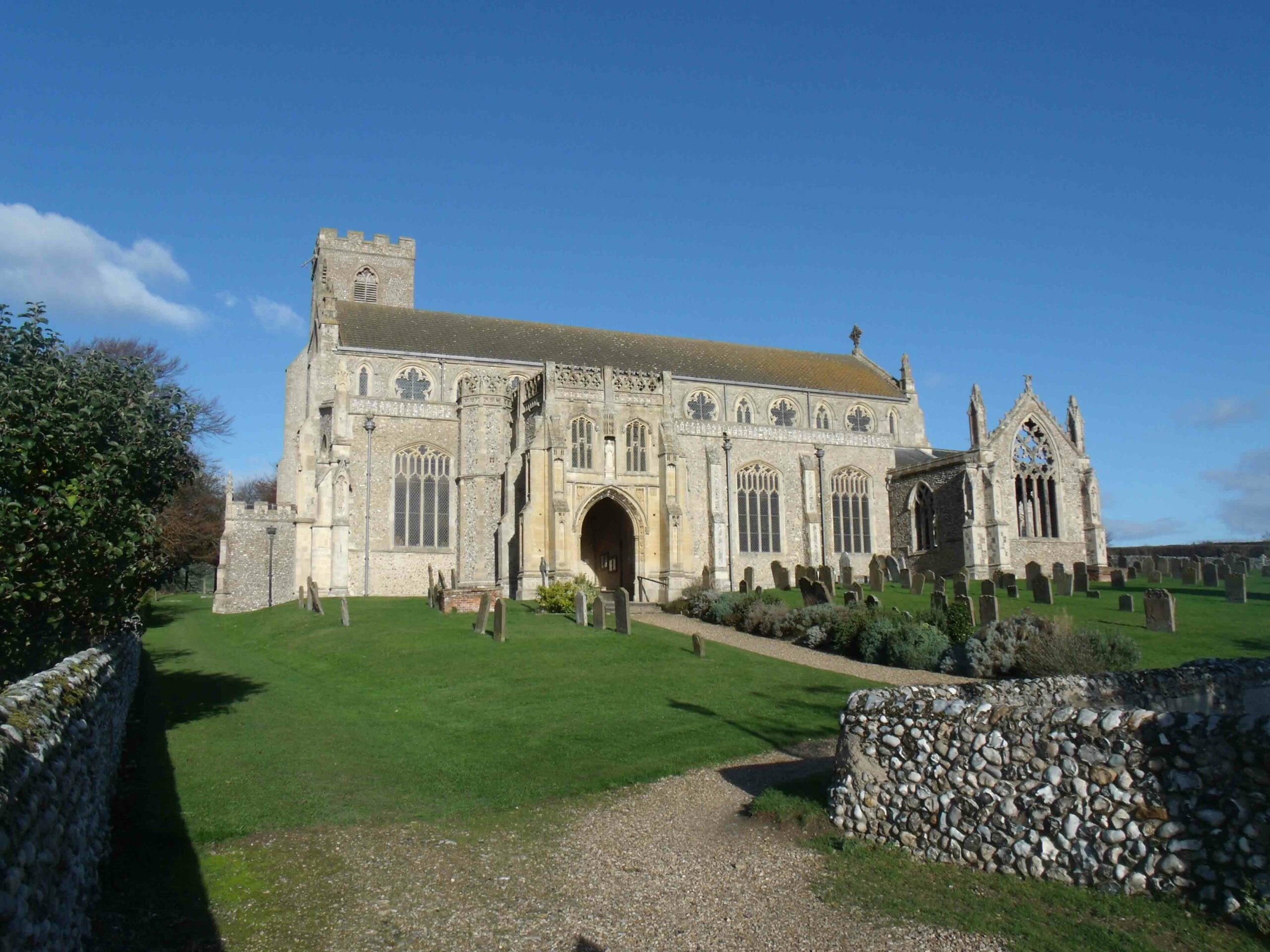
-
Artifacts September/October 2015
Corner Beam Cover
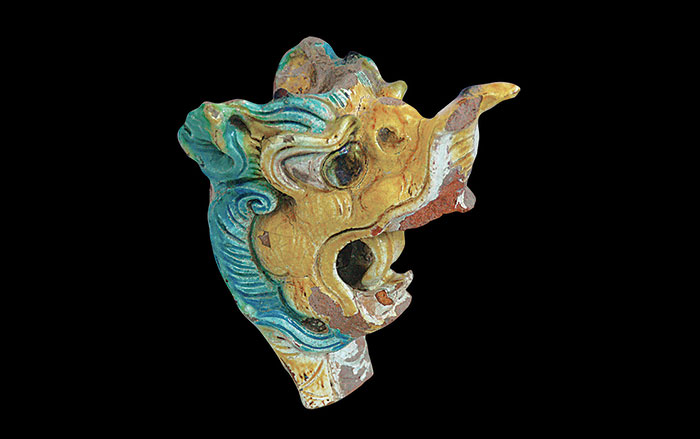 (Courtesy Chinese Cultural Relics)
(Courtesy Chinese Cultural Relics)


